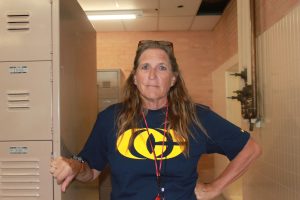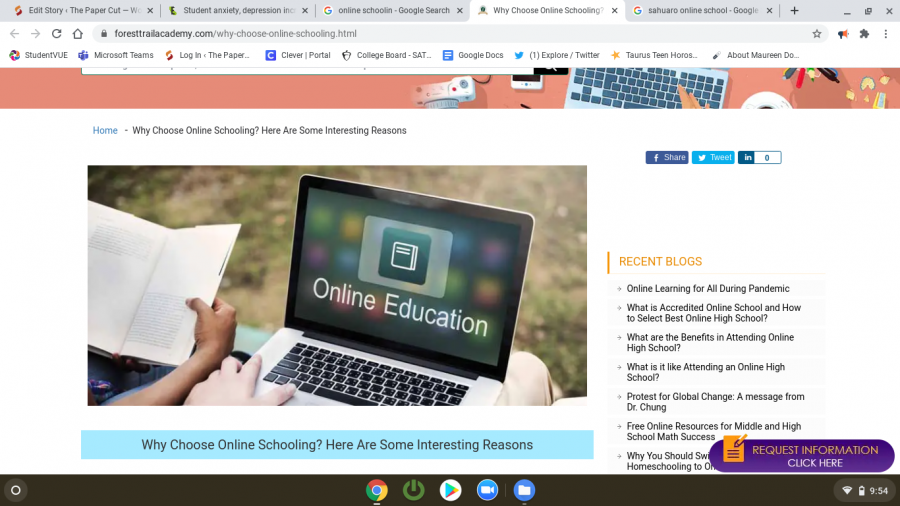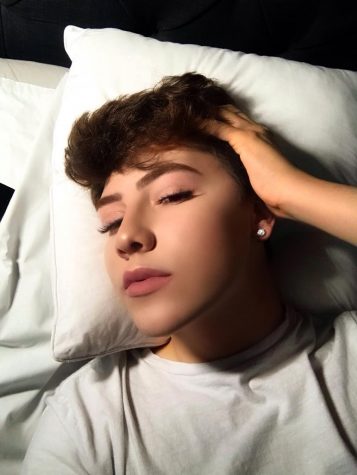Staying Online? Us Too.
November 6, 2020
In a last-ditch attempt to avoid losing more students, schools have introduced hybrid plans across the nation prematurely, as time will tell. For Sahuaro, the hybrid plan will be effective November 12th, but that’s only if COVID-19 case numbers stay within a certain range prior to school’s opening.
The plan calls for students to be on campus in the mornings, then proceed to leave at lunch and fulfill their asynchronous time within the comfort of their own homes, however comfortable that may be. Teachers will be teaching students both in class and online, but will be teaching and assigning the same things.
For one junior, Samantha Kerr, the choice was easy to decide whether or not she would be returning to school. “For me, I feel like there is no point in going back to school when the other half of our time is going to be online anyway,” she said. “It seems like you’re just putting your health and the health of others at risk. Online in general has honestly been a huge help because a lot of students, me included, have trouble waking up so early and struggle with social anxiety associated with school. With online school, I feel as if I’m not being held to such high standards and it has taken a lot of stress off of me and a lot of my friends.”
While online has helped some students manage their anxiety, others feel that the transition from school to online was rather detrimental to their mental health.
School closures were supposed to keep students safe during the pandemic, but for some, it’s ushered in a different set of dangers: anxiety, depression and other serious mental health conditions. According to a recent survey by the American Civil Liberties Union of Southern California, more than half the students who responded to the survey said they’re in need of mental health support since the school closures began in mid-March. That includes 22% who said they were receiving some kind of support before the closures but now have limited or no access to those services and an additional 32% who said their mental health needs have arisen since schools closed.
For other students, online has proven to be a little easier on their mental health. Like Sahuaro cougar Isabelle Martinez who feels that there is a signicantly less amount of drama and that there’s more time to work on assignments. “At first I couldn’t get into any of my classes due to technical problems and that made things a bit difficult, but things have been going good since. I feel like I’ve adjusted immensely.”
As students, we are having to learn self-management skills in order to get through online school. And without proper time management and basic motivation, completing online tasks feels far out of reach for some students.
With school opening back up, there are risks that all parents must acknowledge before sending their students back into a populated school. Before the date for November 12th was set to begin hybrid learning, TUSD had to delay the start date due to COVID-19’s rising and as of currently surging numbers. With over one-hundred-thousand new cases amassing in twenty-four hours just yesterday, November 5th, can TUSD ensure the safety of numerous students?
Masks, sanitization, and social distancing are a given at re-opening schools, but only time will tell if that’s enough to keep everyone safe.
Sahuaro junior Iyannah Tolliver chose to remain online in hopes to stay safe from the virus. “For me, online isn’t the ideal choice because of just how I learn, but if online is the only way for me to stay safe and make sure everybody else is, then I’ll take it,” she said. One aspect of online learning that has proven helpful to Iyannah and lot of other students is conference periods, where students can come in and work one on one with their teacher in a Zoom meeting.
At the end of the day, this decision is about what is the right and safe choice for students and their families.
We at The Paper Cut hope everyone stays safe and healthy in these trying times.












